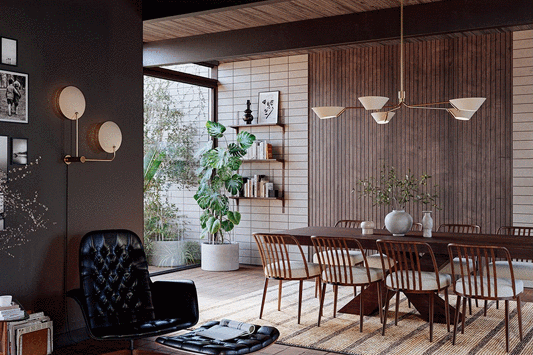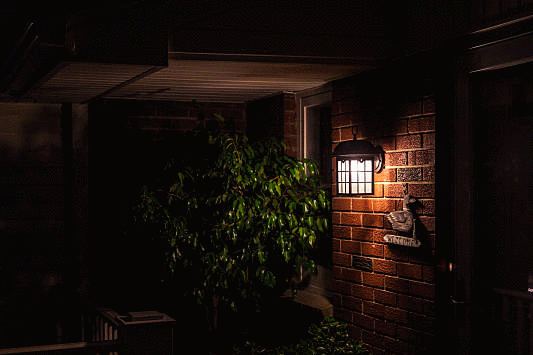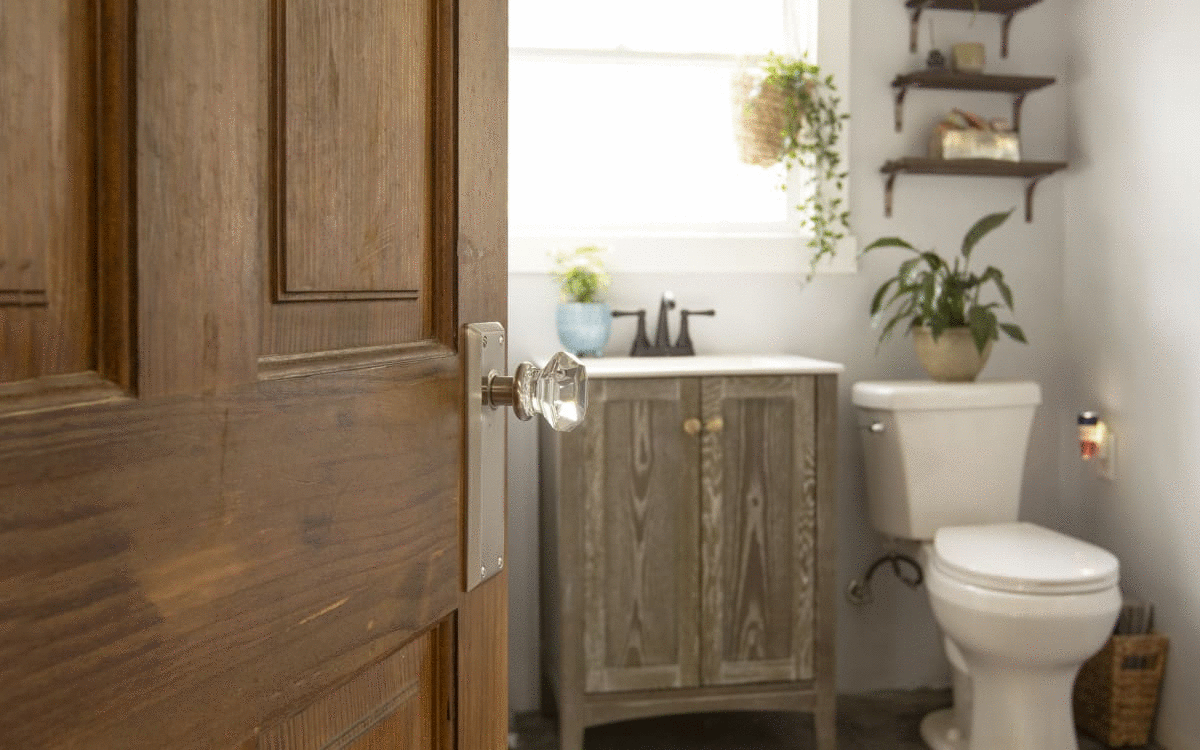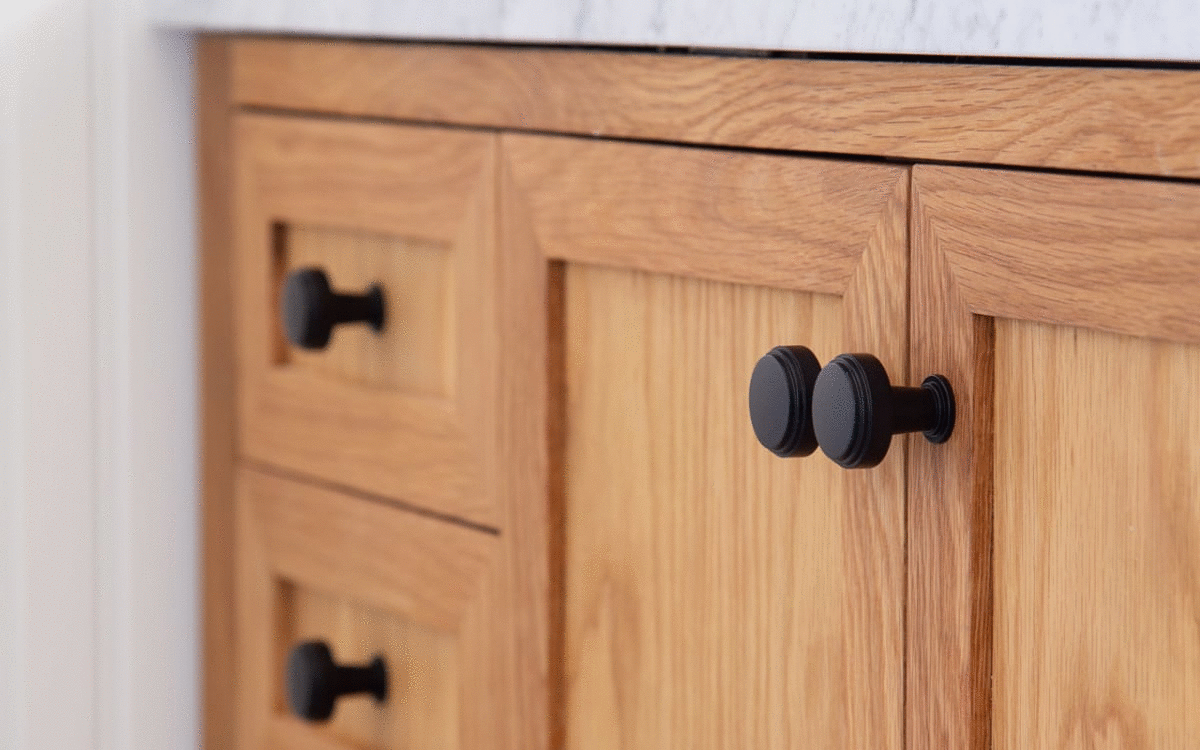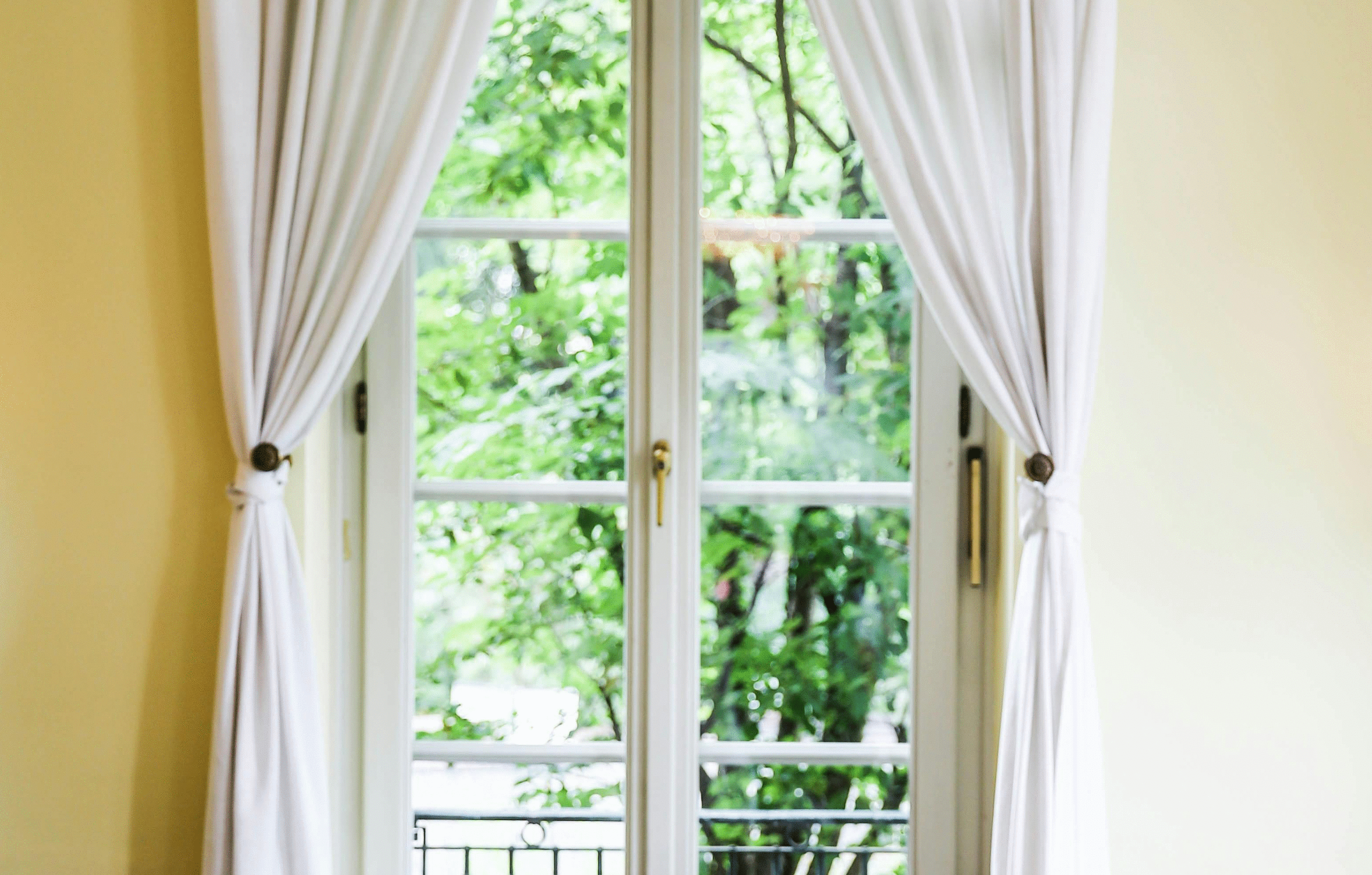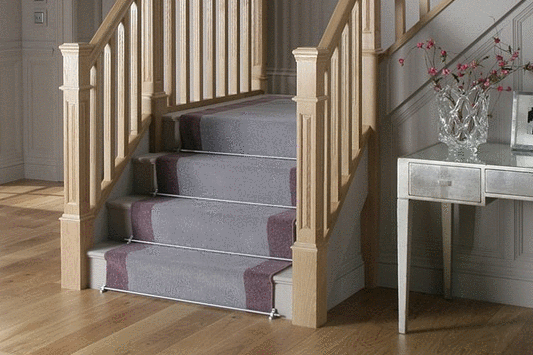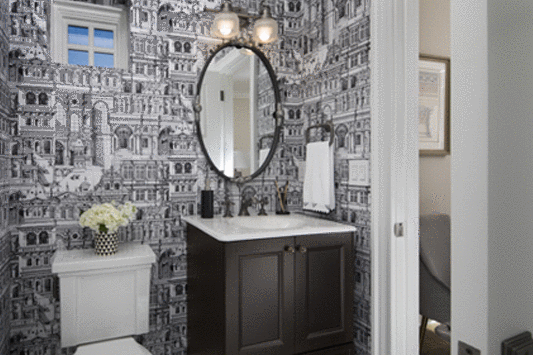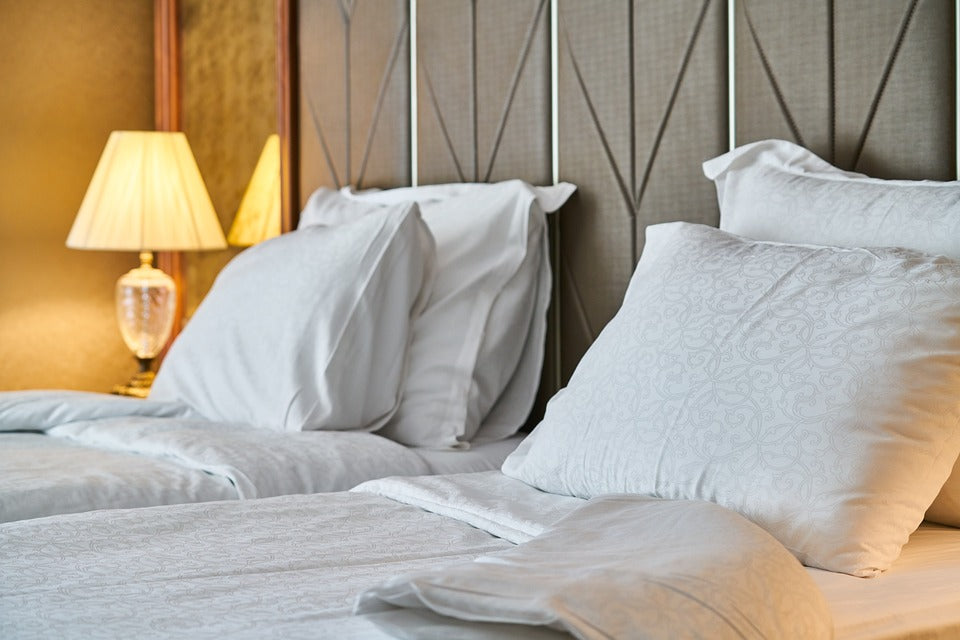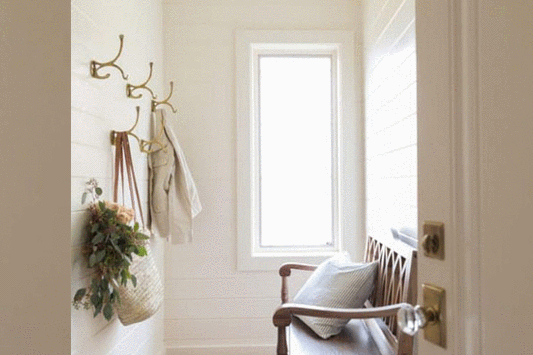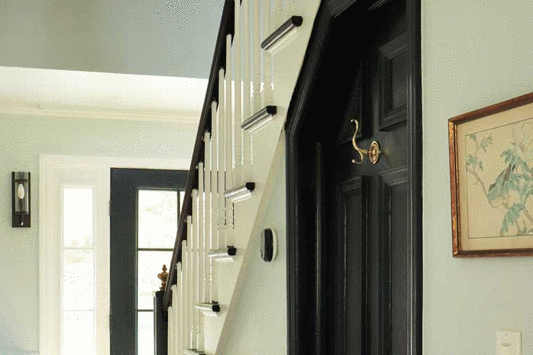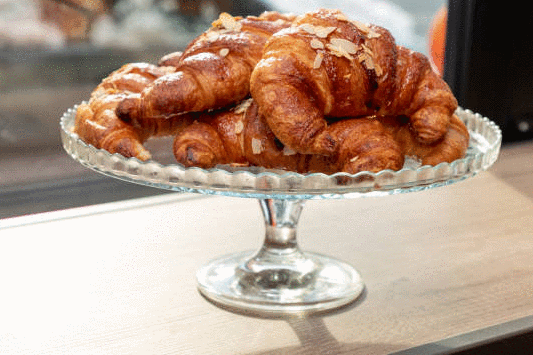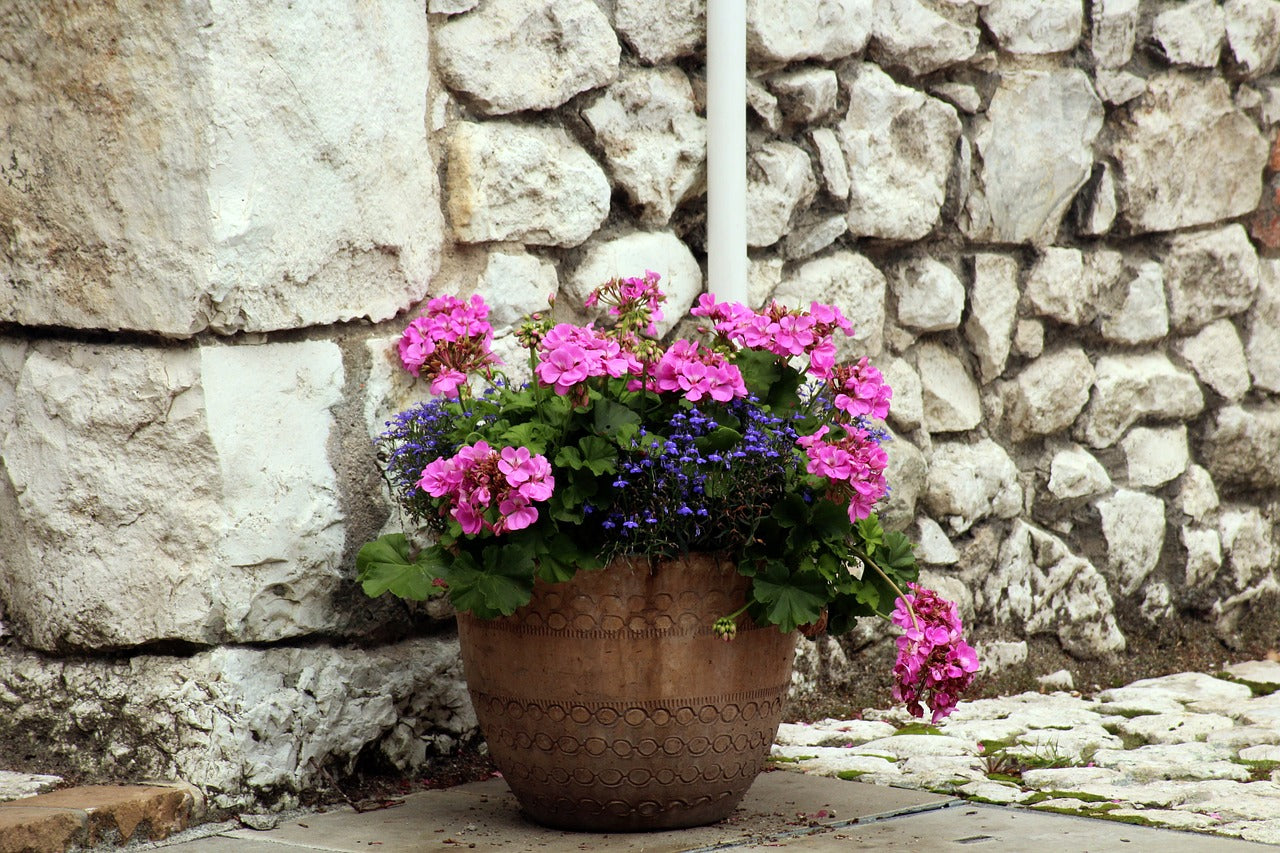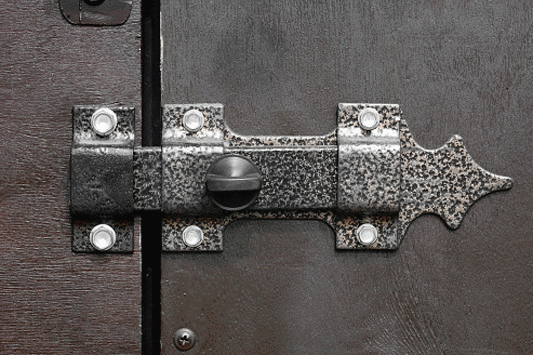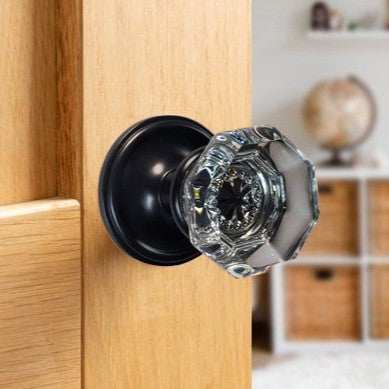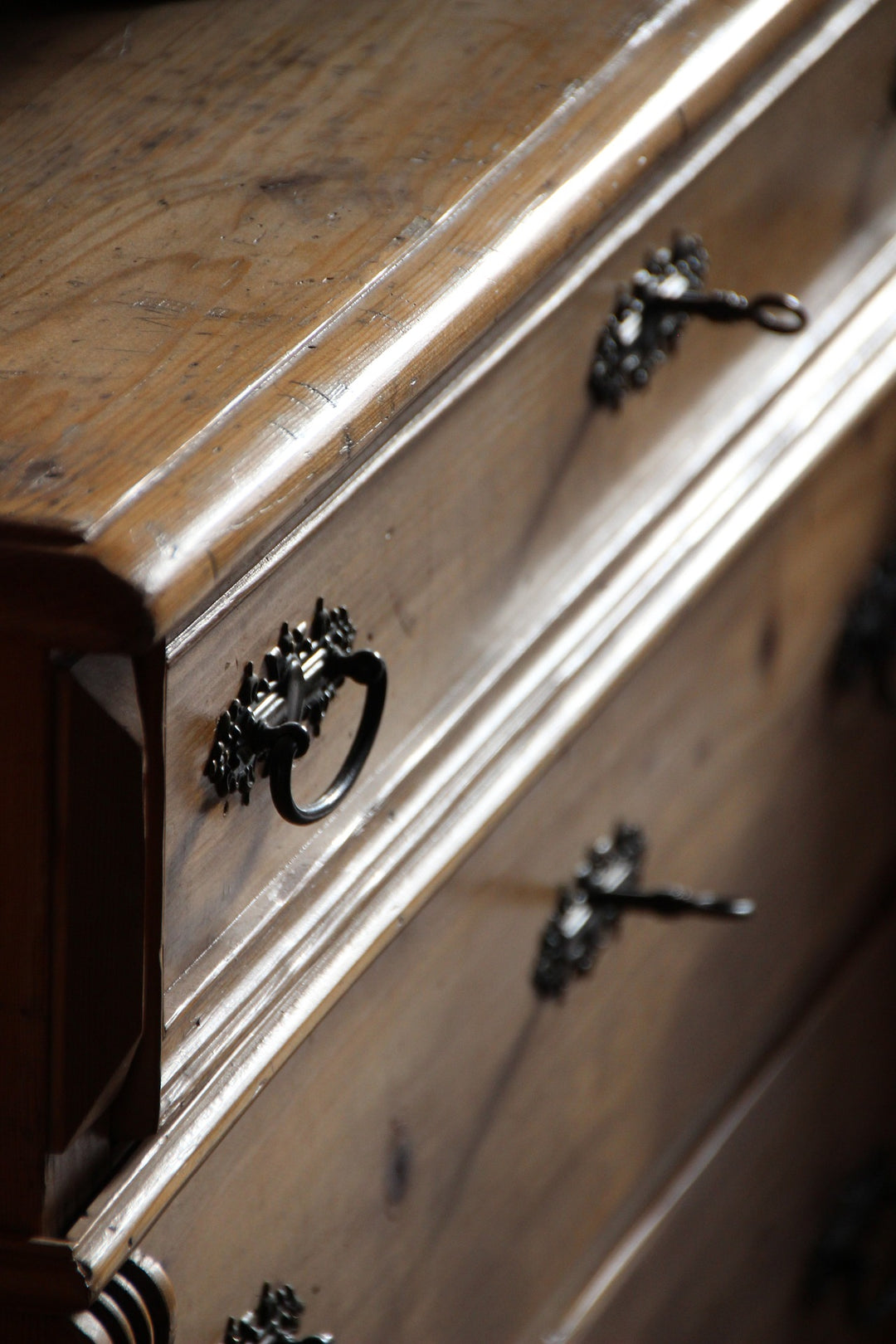The Evolution of Decorative Hardware: From Traditional to Contemporary
Decorative hardware has always played a significant role in enhancing the aesthetics and functionality of furniture, doors, and cabinets. Over the years, the styles and designs of decorative hardware have evolved, reflecting the changing tastes and trends of different eras. This article will explore the evolution of decorative hardware from traditional to contemporary, tracing the influences and innovations that have shaped its development.

Historical Overview of Traditional Decorative Hardware:
Traditional decorative hardware had its roots in the ancient civilizations of Egypt, Mesopotamia, and Greece. These early civilizations utilized ornate metalwork and intricate carvings to adorn furniture and doors. Metalworking techniques such as forging, casting, and repoussé were employed to create elaborate designs that showcased the craftsmanship of the artisans.
During the Middle Ages, Gothic and Renaissance styles emerged, influencing decorative hardware design. The Gothic style, characterized by pointed arches and intricate carvings, inspired the creation of decorative hinges, handles, and keyplates for doors.
With the onset of the Renaissance, the focus shifted towards more naturalistic and symmetrical designs. Brass became a popular material due to its malleability and durability, leading to the production of decorative hardware with finely detailed engravings.
The influence of the Baroque and Rococo periods in the 17th and 18th centuries saw a shift towards more ornate and extravagant decorative hardware. Curved forms, scrollwork, and motifs such as acanthus leaves and floral patterns became prominent, further emphasizing the opulence and grandeur of the era.

Evolution Towards the Industrial Age:
The advent of the Industrial Age in the 19th century brought significant changes to the production of decorative hardware. Mass production techniques enabled the creation of decorative hardware on a larger scale, making it more accessible to a wider range of consumers. Cast iron and later, pressed brass, were used to replicate the intricate designs of traditional decorative hardware at a more affordable price.
As the Victorian era progressed, the Arts and Crafts movement emerged as a countercultural response to mass production. Led by reformists such as William Morris, this movement sought to revive traditional craftsmanship and rejected the machine-made aesthetic. Decorative hardware produced during this period featured motifs inspired by nature, including stylized flowers and leaves, and was often handcrafted by skilled artisans.

Modern and Contemporary Styles:
The early 20th century saw the rise of Art Nouveau, a style that broke away from the heavy ornamentation of the Victorian era. Known for its flowing, organic lines and asymmetrical designs, Art Nouveau had a significant impact on decorative hardware. Handles, hinges, and knobs were created with sinuous forms and often incorporated motifs inspired by plants and flowers.
With the arrival of the Art Deco movement in the 1920s, decorative hardware took on a more geometric and streamlined look. Brass, chrome, and other metals were utilized to create sleek, angular designs that reflected the modernist spirit of the time. The emphasis shifted towards simplicity and functionality, with minimal embellishments and clean lines. In the post-modern era, decorative hardware embraced a wide range of styles and materials.
From sleek, minimalist designs to bold, abstract forms, contemporary decorative hardware reflects the diversity and individuality of the present age. The use of alternative materials such as glass, acrylic, and even recycled materials has expanded the possibilities for creating unique and unconventional decorative hardware pieces.

The evolution of decorative hardware from traditional to contemporary has been influenced by numerous factors, including the artistic movements of different eras, advancements in technology, and changing consumer preferences. From the intricately carved metalwork of ancient civilizations to the sleek and minimalist designs of the present, decorative hardware has constantly reinvented itself to cater to evolving aesthetics and demands. As styles continue to evolve, it is exciting to see how decorative hardware will adapt and innovate in the future.



